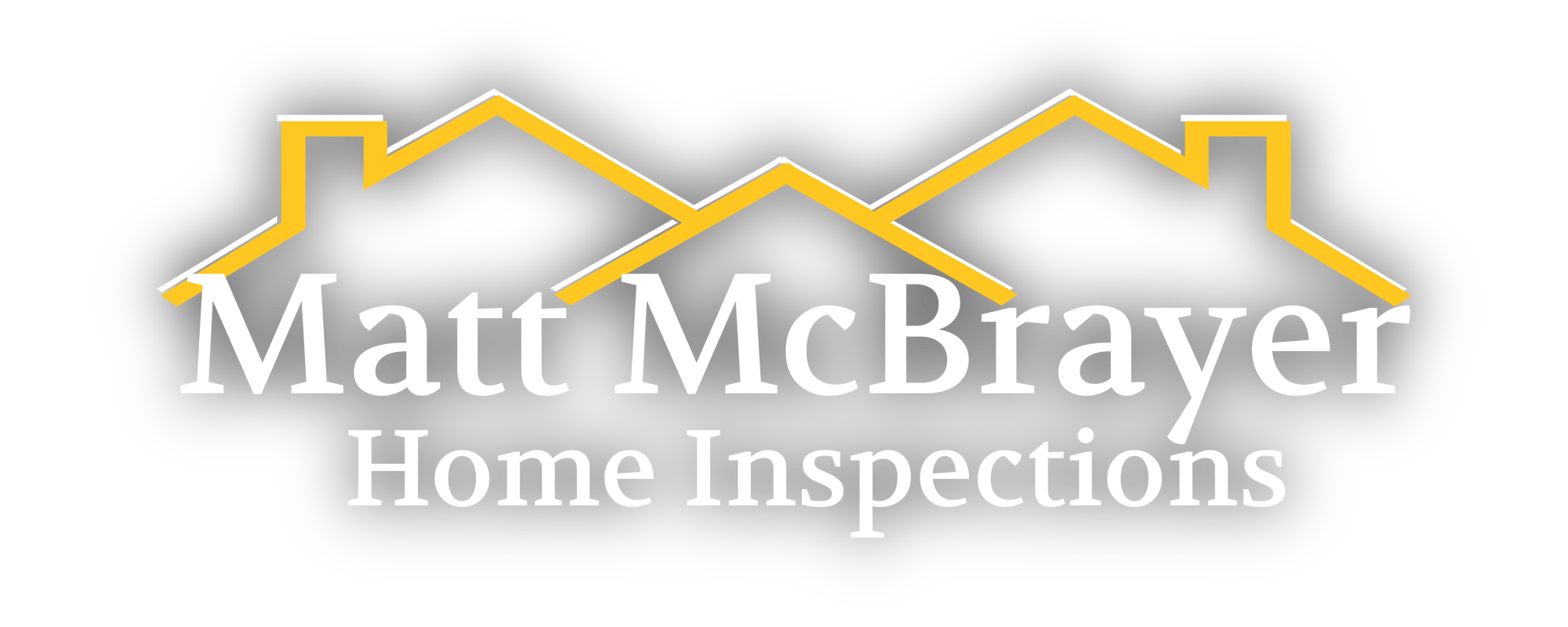The Texas Real Estate Commission (TREC) governs exactly what is and is not part of a Home Inspection. They have carefully taken into consideration the interests of all parties involved (buyers, sellers, and their agents) to create the Standards of Practice (SOP) which stipulate requirements, limitations, and guidelines by which all Inspectors must abide. They define a Home Inspection to be a general, non-invasive, visual inspection of numerous items (systems) of the house. Roofs, attics, walls, ceilings, floors, foundations, major appliances, water heaters, electrical wiring, and HVAC units are just some of the items inspected. The proper implementation of the SOPs typically reveals an abundance of information about these items and their condition.
It is important to remember that Home Inspections are general, not “technically exhaustive” (a TREC SOP term). A technically exhaustive Home Inspection would possibly take days to perform, and would be enormously expensive. Specialized equipment is not required to perform a proper Home Inspection. Simple tools are all that is needed. A Home Inspector may elect to use special tools, but these practices are outside of the guidelines and regulations set forth by TREC. Home inspectors are not specialists or engineers, and the SOP defines those types of services as outside the scope of the Home Inspection.
It is also important to remember that the “non-invasive” aspect of the Home Inspection means that, for example, walls are not cut open to look inside, or HVAC and other equipment is not disassembled. To respect the property of the seller (and safety of the Inspector) furnishings, stored items, and other obstructions are not moved to inspect what is blocked. (It is customary for the seller’s agent to inform the seller to make sure to leave access to water heaters, electrical panels, attics, HVAC equipment, etc.).
The “visual” aspect of the Home Inspection guideline is simply that: if it can’t be seen, it is not inspected. Whether an item is blocked, covered, sealed, hidden, or simply inaccessible due to height limitations, safety concerns, or any other reason…if it can’t be seen, it is not inspected.
Lastly, TREC SOP shows regard for the Inspector’s safety by putting into place reasonable limitations beyond which the Inspector is not required to exceed. For example: roofs beyond the reach of a one-story ladder are not required to be accessed. Roofs that are too steep, have loose or slippery surfaces, or are in any other way deemed unsafe are not required to be accessed. Attics and crawlspaces must have minimum opening and height clearances to be considered accessible. Any item or area that presents a safety hazard to the Inspector will not be inspected.
There are many more regulations, restrictions, and requirements in the Standards of Practice. The intent here is to give my clients a general idea of what to expect with a Home Inspection. The entire guidelines are available here if you wish to view them.
Our Inspection Agreement also contains information regarding the SOP, as well as other restrictions, limitations, and understandings. Of course, it is in much more legal terms, but our clients are encouraged to read it before signing. A signed Inspection Agreement is required BEFORE any Inspection can take place.
Finally, I would like to leave you with a list of items that are often mistakenly believed to be part of a Home Inspection. Many times it is understandable that a client might presume these to be inspected items, however they are not. The goal here is to set expectations ahead of time, so that the client does not feel disappointed at the time of the Inspection. Again, these are simply standard items to not be inspected.
NOT INSPECTED
- Low voltage systems (alarm, telephone, cable, internet, satellite, speaker, outdoor lighting)
- Refrigerators
- Water Softener systems
- Exterior fences or gates
- Water features, fountains, etc.
- Outdoor cooking equipment, BBQ grills, etc.
- Yard drains, French drains
- Solar/Photovoltaic systems
- Auxiliary heat recovery systems (these are usually a system that ties in HVAC refrigerant lines to water heater systems)
- Countertops and cabinets unless related to obvious other damage such as water intrusion
- Inspection for any mold, asbestos, lead, radon, or any other environmental condition. These are specialized inspections outside of the Texas Real Estate Commission Standards of Practice


